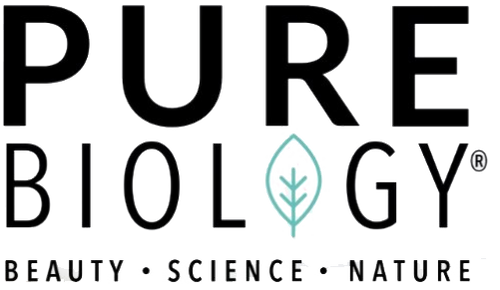So you’ve decided it’s time to add an anti-aging step to your skincare routine, but with all the lotions, potions, and serums available, you’re not sure where to start. We all know we need to take care of our skin to look and feel healthy, but navigating the skincare market can be overwhelming, and choosing the right products can be tough. We’re here to help! Keep reading to get the lowdown on the best anti-aging products, how to choose them, and how to use them to get the best results.
Moisturizers

A moisturizer is a cream or lotion that contains hydrating protective elements that form a physical barrier to keep moisture in. They are designed to hydrate and seal in the natural moisture of your skin. Moisturizers contain larger molecules than serums, so they don’t penetrate the surface layer of the skin. Although they often contain ingredients that target specific problems, their primary purpose is to keep the skin hydrated. The main purpose of a moisturizer, lotion or cream is to seal your skin and lock in moisture.
Serums
Serums are formulated to penetrate your skin on a deeper level and even reverse skin damage at a cellular level. Serums usually contain higher levels of antioxidants, vitamins, and nutrients that work to repair skin cells, brighten and smooth the surface of your skin. Serums don’t contain “sealing” ingredients meant to “lock in” moisture, like petrolatum and other mineral oils. They also contain lower levels of lubricating agents. They're more effective because they contain smaller particles that are able to penetrate the skin deeply and quickly. With a serum, you get a high concentration of active ingredients delivered to the deepest layers of your skin.
What Should You Use?

Using both a serum and a moisturizer can give you the most noticeable results. That’s because the antioxidant properties of serum will repair skin and fight free radicals, while a moisturizer will provide a physical barrier, preventing dehydration, and protecting your skin from damaging environmental elements and irritants. For the best results, choose a serum that contains antioxidant ingredients, such as vitamin C and jojoba oil. Serums are ideal for people who are over the age of 30 to combat the signs of aging and skin damage. If you have naturally oily skin, you can use a serum on its own, and if you have dry skin, applying a serum under your moisturizer will boost hydrating effects. Serums can help a range of skin issues including dry, flaky skin, sun damage, fine lines, and wrinkles, depleting collagen, redness and irritation, blemishes, hyperpigmentation, and more.
Applying Serum & Moisturizer
You should apply your serum twice a day, directly to your skin after cleansing and toning. Apply your serum before an SPF moisturizer in the morning, and before your night cream or moisturizer at night. You should apply your serum to your whole face and neck, and allow it to absorb into the skin for a couple of minutes before applying a high-quality moisturizer or night cream. You only need a small amount of serum. Many serums contain potent ingredients and applying too much can have adverse effects. Use only a dime size amount, and massage gently, and thoroughly into your skin using 2 fingers. Once you’ve applied your serum and allowed it to absorb, you can then apply your moisturizer. Layering moisturizer over your serum will help lock in the nutrients of the serum and will give you better results.
It’s important to note that if you are using anti-aging products that contain retinol, you should always apply a moisturizer that contains sun protection, or sunscreen before leaving the house. Retinol increases your skin’s sensitivity to the sun and could lead to further damage if you are not careful. It’s also not advisable to start using anti-aging products too early. Many anti-aging serums and creams contain active ingredients that can irritate skin that is prone to breakouts.
